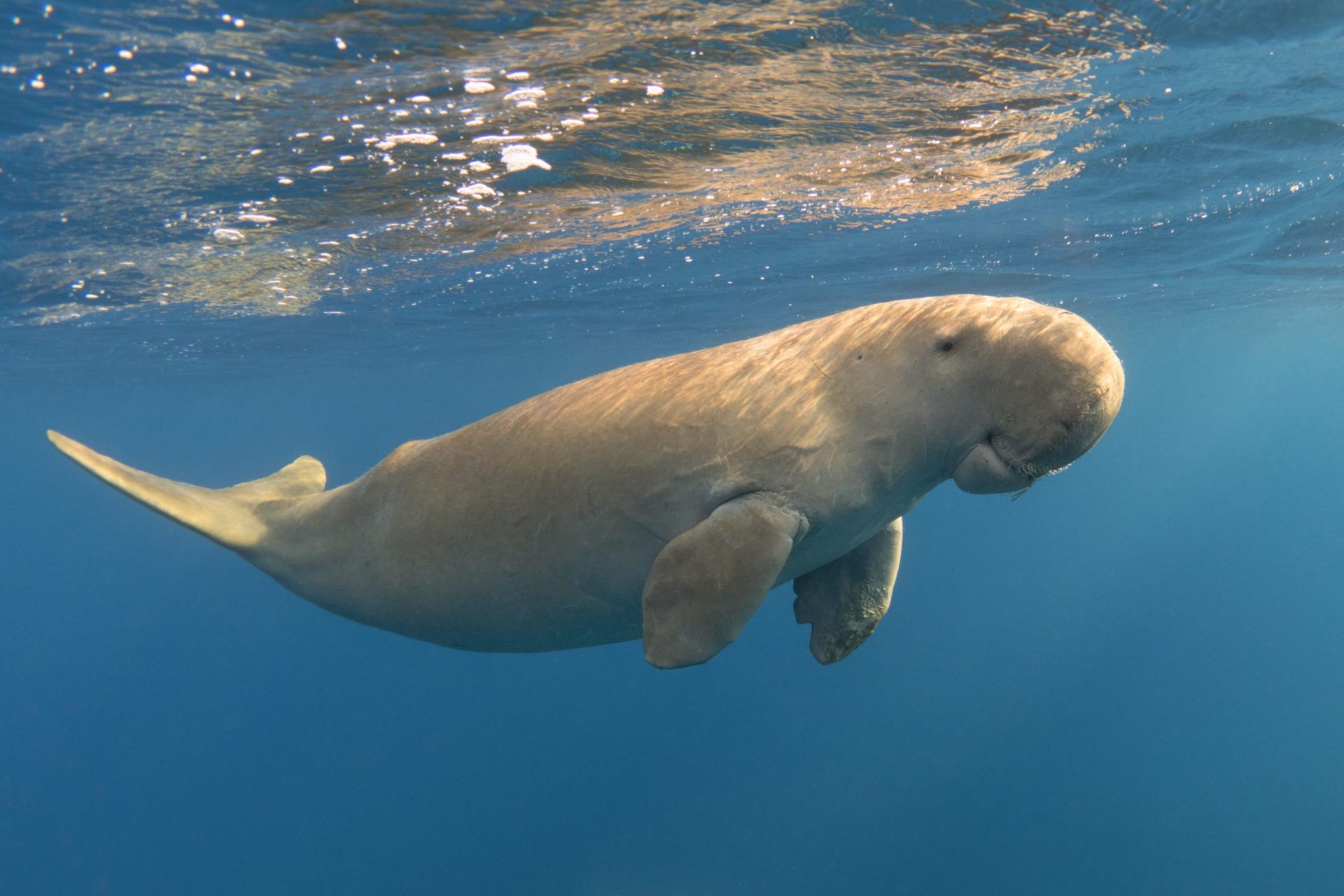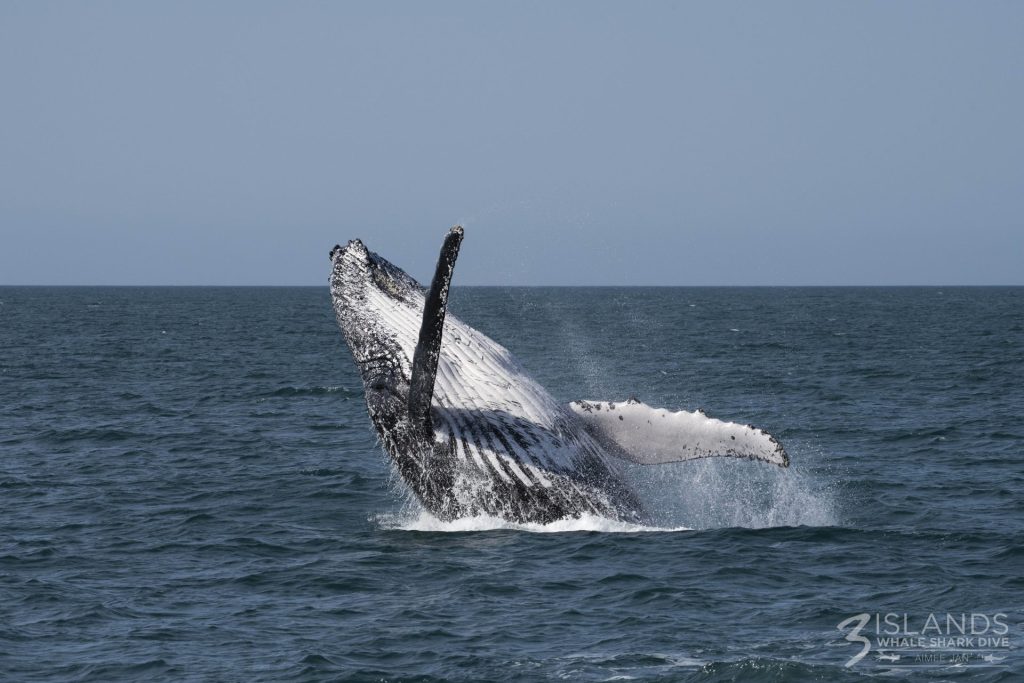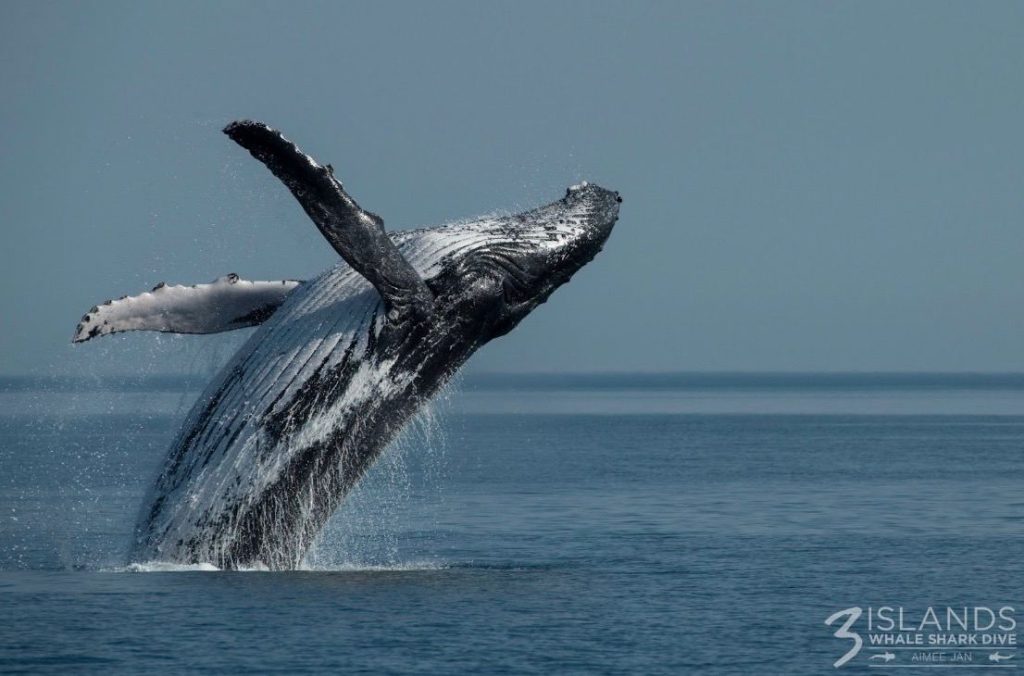If you want to spot dugongs, Australia is the perfect place to visit! Dugongs prefer to graze in warm waters both north and south of the equator making Western Australia, the Northern Territory and Queensland their most desired destinations.
Table of Contents
What are dugongs?
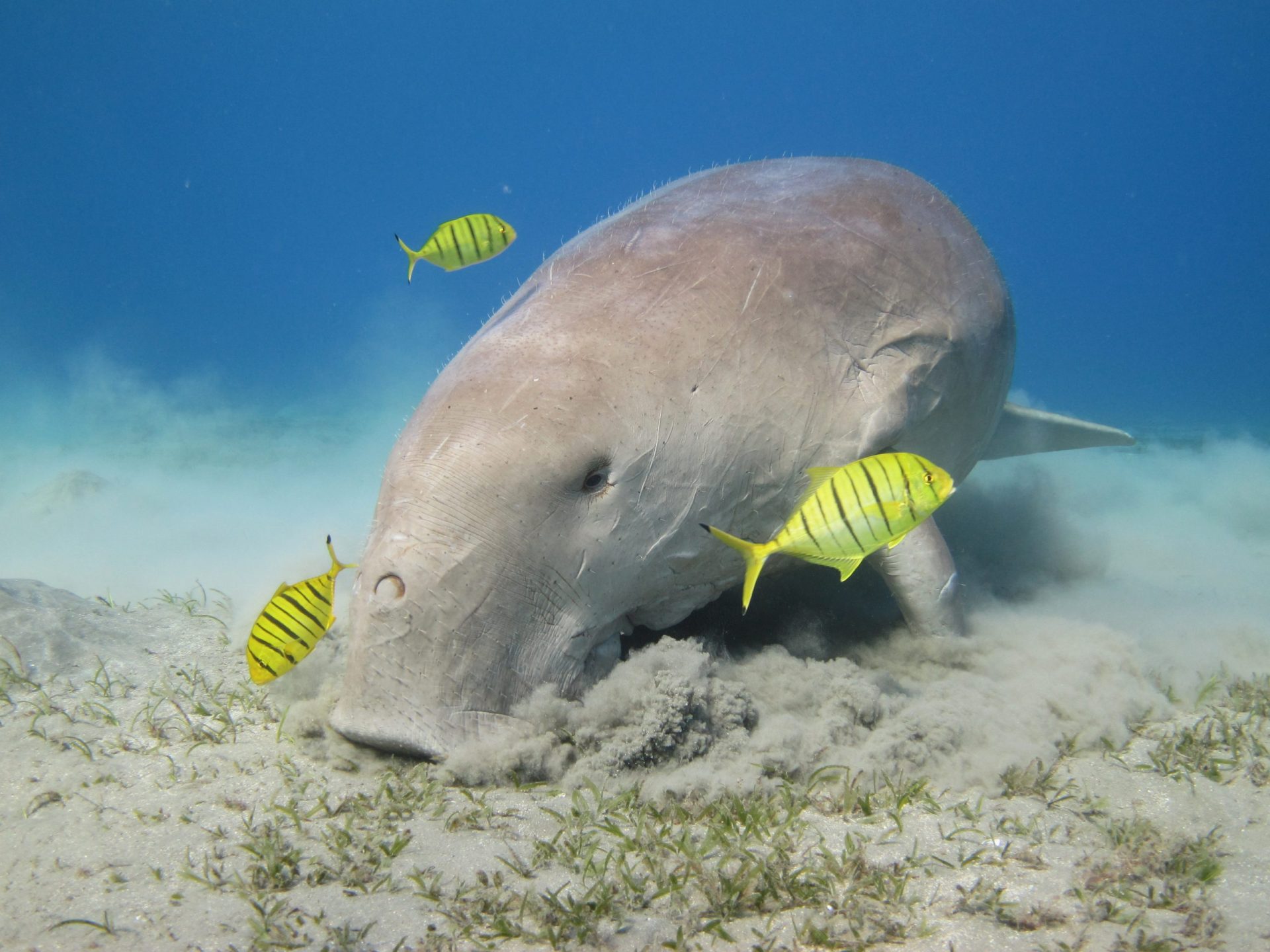
Dugongs (Dugong dugon) are marine mammals that are gray in appearance, grow up to three meters long, have no dorsal fin and a mermaid shaped tail. These gentle giants are named the 'Lady of the Sea' and belong in the Sirena family. The legend of the dugong is that they were said to have lured starving male sailors giving them the myth of the mermaid.
Habitat
Dugongs are highly dependent on the seagrass communities for their sustenance which sees them confined to coastal habitats. They are found grazing in warm water both north and south of the equator. The Great Barrier Reef and Shark Bay hold the largest population of Dugongs seeing Australia take the cake for the most popular destination for the creatures. Dugongs thrive in warm water that is fresh and brackish with reefs providing important feeding grounds.
A dugongs diet
Dugongs are a primarily herbivore animal who graze upon 30kg of seagrass a day. They are referred to as sea cows as they need to eat so much grass to sustain their diet. If seagrass isn't available to them they will turn to algae, jellyfish, and shellfish instead. To locate their food they use their sensitive bristles on their upper lip.
Threats
The biggest threat to dugongs are human practices such as hunting, pollution, and climate change. These are seeing dugong populations decrease by 5% annually making them a vulnerable species. Their main source of food is being ruined by coastal development making it difficult for them to find proper sources of sustenance. Commercial netting is leading to drowning causing further stress on female dugongs who are then impacted by not being able to produce as many offspring leading to a lack of population growth.
Fun facts
- Dugongs can live for up to 70 years.
- Dugongs have very poor eyesight and use sounds as well as physical touch to communicate.
- Using chirps, barks and other sounds, Dugongs sing to each other creating echoes through the water.
- Dugongs can grow up to 4 meters long and weigh 400 kg.
- You can guess the age of a dugong by counting the rings they have on their tusks.
Where to see dugongs in Australia
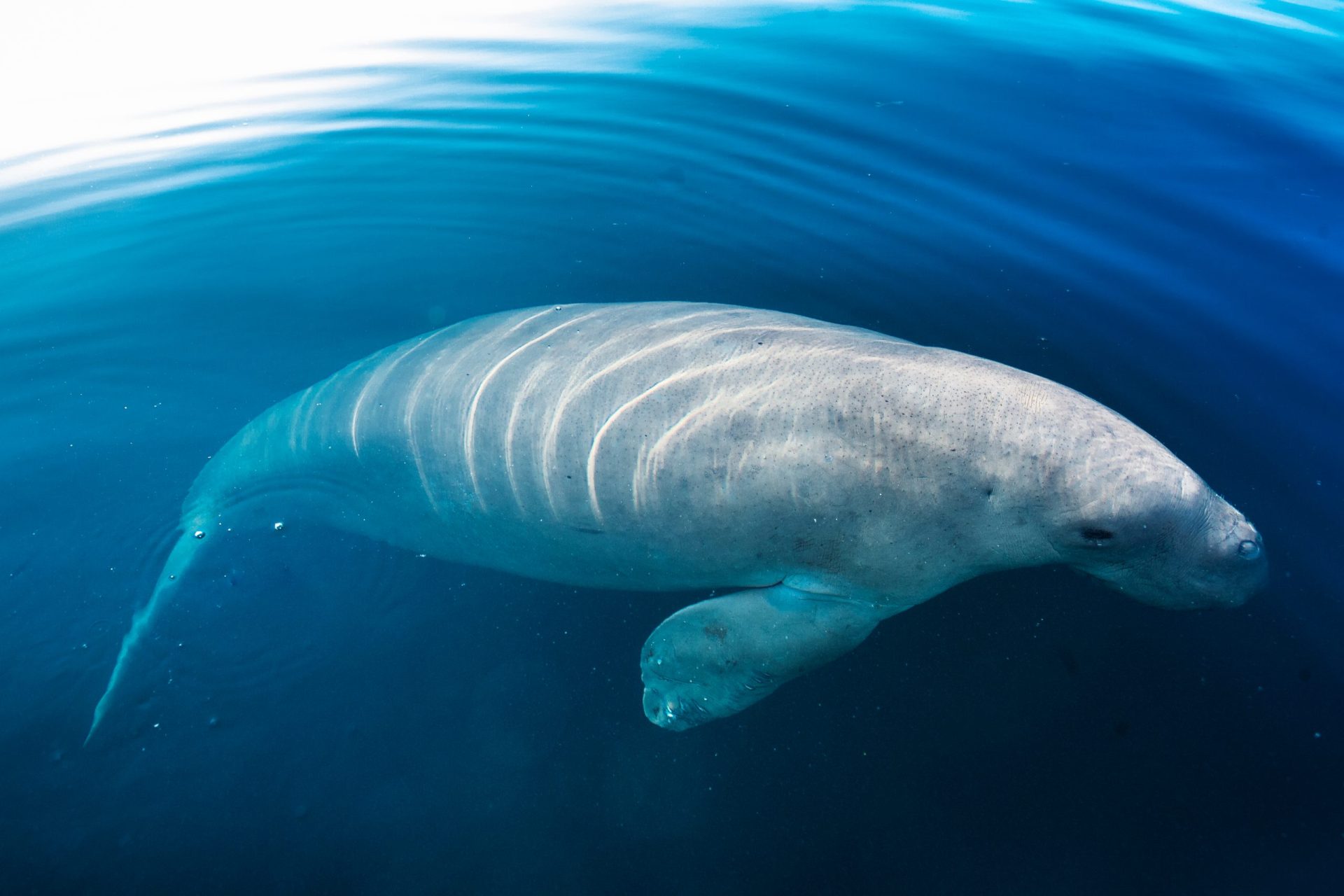
Australia is home to the largest population of dugongs in the world. The Ningaloo Reef, The Great Barrier Reef, Shark Bay and the Northern Territory are home to extensive seagrass meadows making the perfect home for dugongs to roam.
Ningaloo Reef
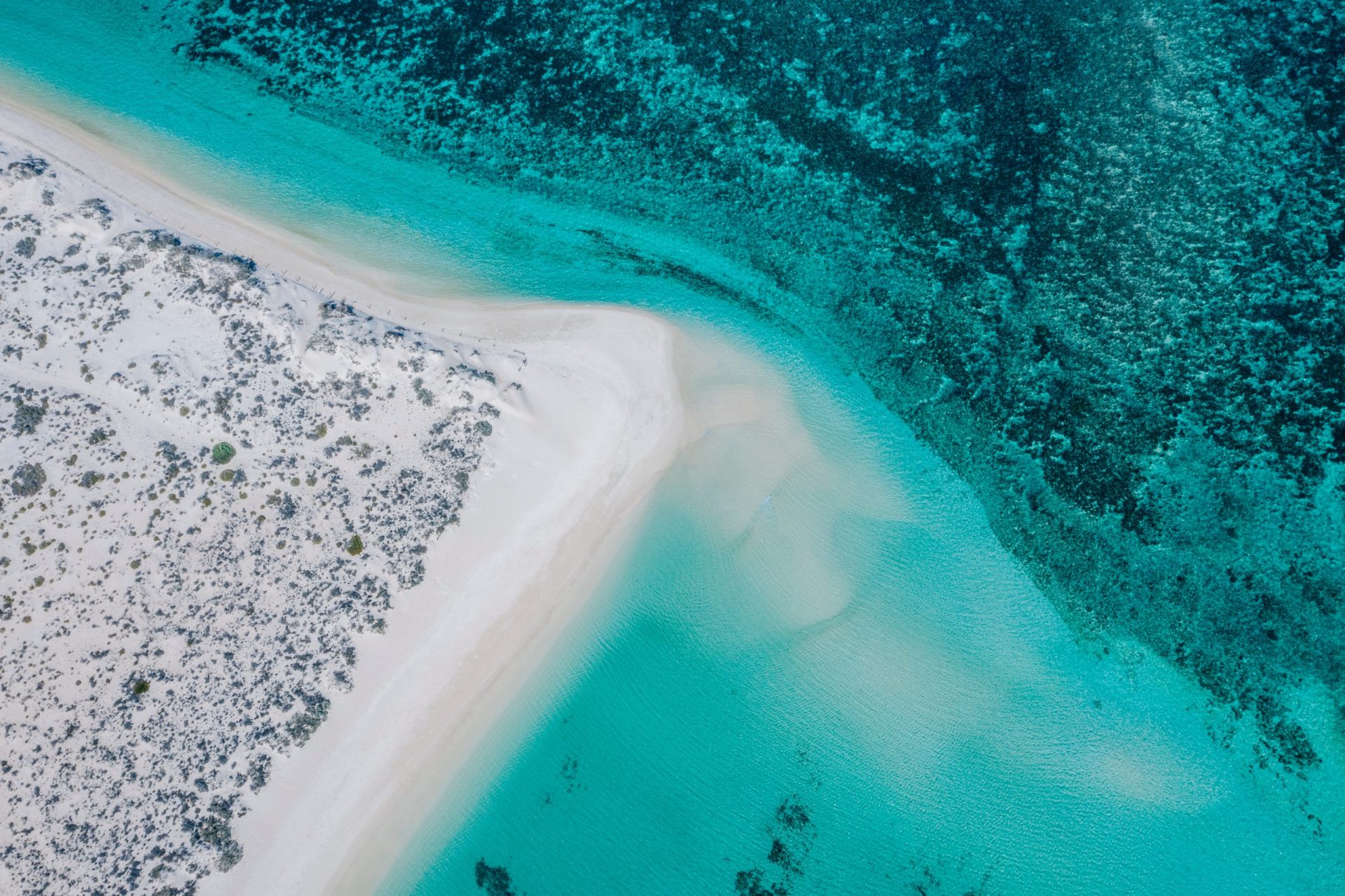
The best place to spot a dugong in their natural habitat in Western Australia is The Ningaloo Reef. Why not take a tour with Three Islands Whale and Shark Dive and spot these shy 400kg creatures along with dolphins, humpback whales and whale sharks. There are several tour packages that see a day full of swimming, spotting and memory making.
The Great Barrier Reef
The Great Barrier Reef is home to eight genera and 14 species of seagrass making it a perfect feeding ground for dugongs.
Shark Bay
Shark Bay hosts 10% of the world's remaining population with 10,000 or more dugongs swimming off the coast of Western Australia. The best time to spot them is September-November but can still be seen all year round. The most popular spotting sites are The Freycinet Reach, Steep Point, Monkey Mia, Eagle Buff and Big Lagoon.
The Northern Territory
Limmen Marine Park in the Northern Territory is host to a diverse species of marine life seeing dugongs pass through and have a place to rest during times of breeding. Enjoy a range of other sea creatures such as turtles and dolphins that flock through the park at any one time.
What are the chances of spotting a Dugong?
Spotting a dugong during a snorkeling tour is not highly likely as they are an endangered and vulnerable species, and typically remain in a safe and protected environment. However, in the event that you do spot a dugong during a snorkel tour, be sure to pay attention to your tour guides and keep these tips in mind:
- Dugongs are shy and may want some distance from you. If you spot a dugong, swim away from them, not towards them.
- A person must remain 50m from a dugong if in the water.
- Try not to splash or make excessive noises.
The best time to swim with gentle giants
Between late March until September, our most loved gentle giants like the whale sharks, humpback whales, manta rays and more come out to play. Our snorkeling tours in Exmouth are perfect for spotting these beautiful marine creatures, making the best and lasting adventure memories.
Book an unforgettable Exmouth snorkelling tours with Three Islands Whale Shark Dive; contact us at +61 1800 138 501 to explore ocean wonders and create lasting memories with expert tour operators, witnessing the beauty of Exmouth's marine life.
More...
Why Do Humpback Whales Sing?
Did you know that sounds travel up to four times faster in water than in air? Like most marine animals traversing the deep, dark ocean, humpback whales rely on vocalisation to communicate underwater. But why do humpback whales sing? And, how? For mating purposes? To communicate? To find food? To show off? A series of…
Why do Humpback Whales Breach?
When you think of humpback whales, their iconic breaching is likely one of the first things that come to mind. But why do humpback whales breach? This spectacular action, where whales launch themselves out of the water and crash back down, is fascinating. Let’s explore this behaviour and uncover why these marine mammals breach the…


